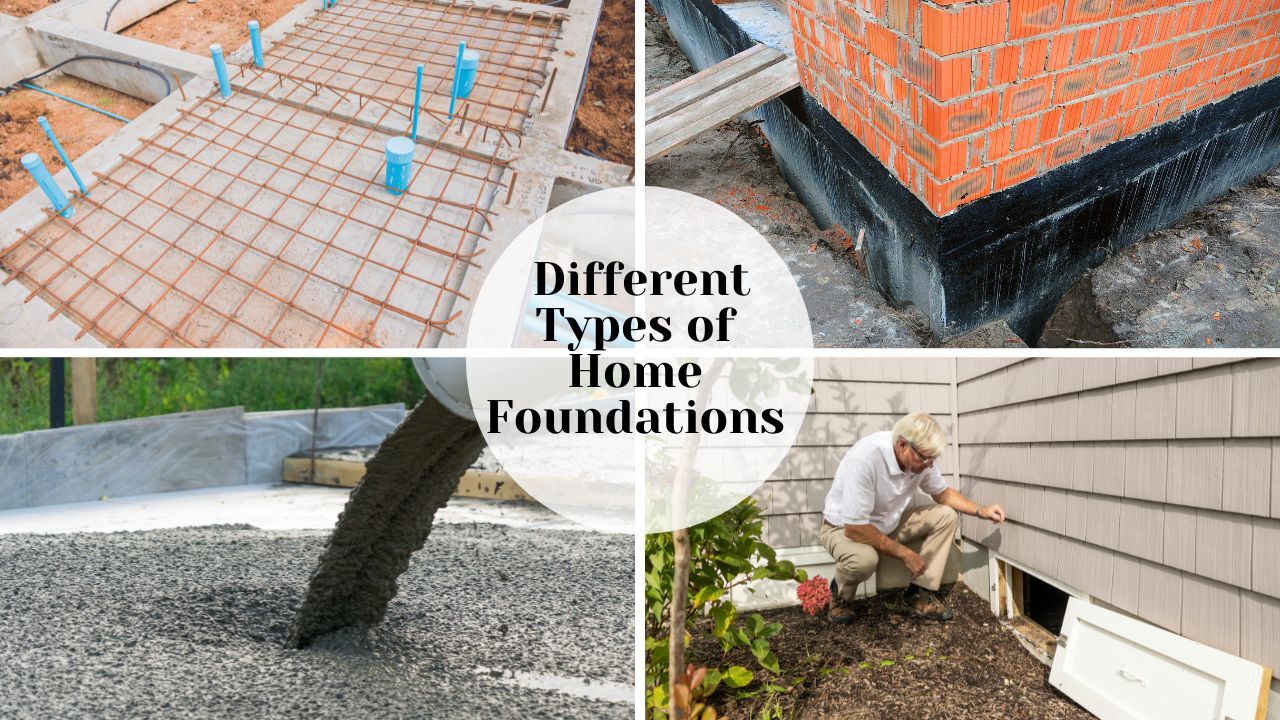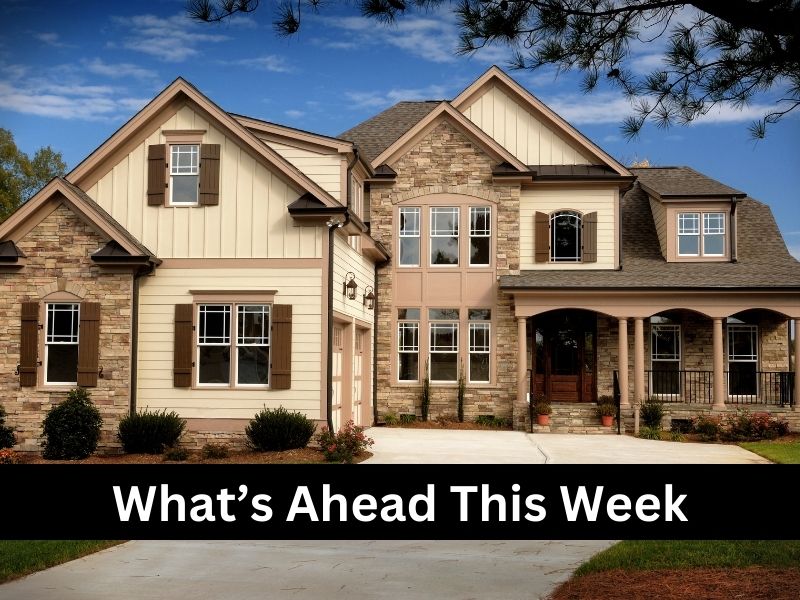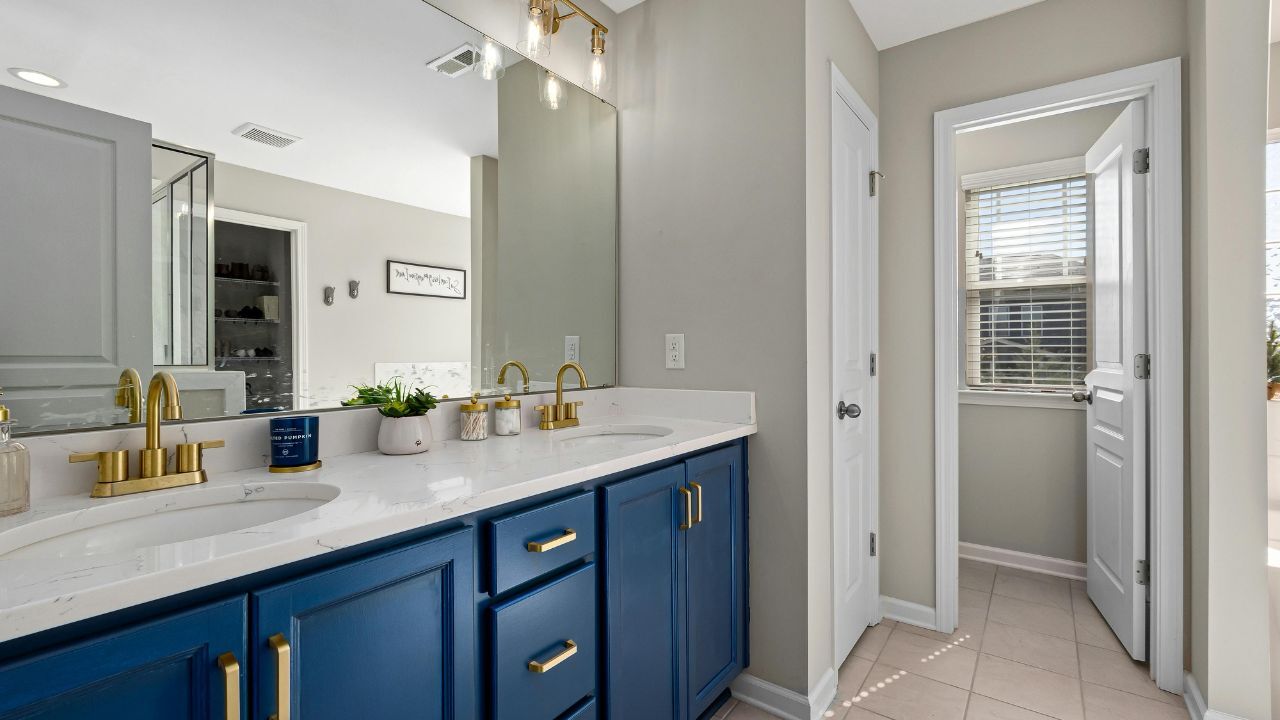 When buying or selling a home, the foundation is one of the most important yet overlooked elements. It supports the structure, affects durability, and can influence everything from comfort to resale value. As a real estate agent, I often remind clients that understanding the type and condition of a home’s foundation can help them make informed choices and avoid costly surprises later on.
When buying or selling a home, the foundation is one of the most important yet overlooked elements. It supports the structure, affects durability, and can influence everything from comfort to resale value. As a real estate agent, I often remind clients that understanding the type and condition of a home’s foundation can help them make informed choices and avoid costly surprises later on.
Slab Foundations
A slab foundation is one of the most common types of foundations used in modern construction. It consists of a single layer of concrete poured directly onto the ground. This style is cost-effective, low-maintenance, and ideal for warmer climates where freezing temperatures are rare. However, because plumbing and wiring are often embedded within the slab, repairs can be more complicated if issues arise. Slab foundations also offer little insulation against temperature changes, which can affect comfort in certain regions.
Crawl Space Foundations
Crawl space foundations elevate the home slightly off the ground, creating a small area beneath the house. This design allows easy access to plumbing, electrical systems, and ventilation. Crawl spaces are common in regions that experience moisture or mild flooding, as they help keep the living area above potential dampness. However, they require proper insulation and ventilation to prevent mold and pest problems. Regular inspections can help ensure a crawl space remains dry and structurally sound.
Basement Foundations
Basement foundations provide additional living or storage space below the main level of the home. They are popular in colder climates, where the foundation must extend below the frost line for stability. A well-finished basement can add significant square footage and value, but it also comes with maintenance responsibilities. Homeowners should monitor for water intrusion, foundation cracks, and proper drainage to protect the investment and preserve structural integrity.
Pier and Beam Foundations
Pier and beam foundations, often found in older or custom-built homes, use a series of vertical piers to support the structure above the ground. This type of foundation allows for excellent ventilation and easy access to utilities. It performs well in areas with unstable soil or moderate flooding but may require occasional leveling over time. While maintenance is necessary, many homeowners appreciate the flexibility and durability of this design.
Understanding the differences among foundation types helps buyers evaluate potential homes more effectively and gives sellers confidence when discussing their property’s structure. A solid foundation is more than just concrete or wood, it is the base of a home’s strength, stability, and long-term value.
 When it comes to buying a home, location is always a major factor, but for many families, the local school district carries just as much weight. Even for buyers without children, the quality of nearby schools can have a lasting impact on property values. Understanding how education and real estate are connected helps buyers make smarter decisions and recognize the long-term advantages of purchasing in a strong school district.
When it comes to buying a home, location is always a major factor, but for many families, the local school district carries just as much weight. Even for buyers without children, the quality of nearby schools can have a lasting impact on property values. Understanding how education and real estate are connected helps buyers make smarter decisions and recognize the long-term advantages of purchasing in a strong school district.
 Older homes have charm, character, and architectural details that newer properties often lack. From original hardwood floors to vintage craftsmanship, they can feel timeless and full of personality. However, behind the charm can come age-related challenges that buyers should not overlook. Understanding how to budget for repairs and updates helps buyers make informed decisions and protects their investment long after closing.
Older homes have charm, character, and architectural details that newer properties often lack. From original hardwood floors to vintage craftsmanship, they can feel timeless and full of personality. However, behind the charm can come age-related challenges that buyers should not overlook. Understanding how to budget for repairs and updates helps buyers make informed decisions and protects their investment long after closing. When it comes to selling a home, first impressions matter. Home staging helps potential buyers see beyond your personal style and imagine their own lives inside the space. As real estate agent, we’ve seen how effective staging can be in turning casual lookers into serious buyers. It is not just about decorating — it’s about storytelling — creating a visual experience that allows buyers to connect emotionally with your home.
When it comes to selling a home, first impressions matter. Home staging helps potential buyers see beyond your personal style and imagine their own lives inside the space. As real estate agent, we’ve seen how effective staging can be in turning casual lookers into serious buyers. It is not just about decorating — it’s about storytelling — creating a visual experience that allows buyers to connect emotionally with your home. Selling your home can be both exciting and overwhelming. Between preparing for showings, reviewing offers, and planning a move, the process can feel like a full-time job. As real estate agents, we understand that homeowners often struggle to balance it all, especially when they are still living in the property. With the right strategies and mindset, it is possible to stay organized, reduce stress, and make the experience smoother from start to finish.
Selling your home can be both exciting and overwhelming. Between preparing for showings, reviewing offers, and planning a move, the process can feel like a full-time job. As real estate agents, we understand that homeowners often struggle to balance it all, especially when they are still living in the property. With the right strategies and mindset, it is possible to stay organized, reduce stress, and make the experience smoother from start to finish. Today, we honor the brave men and women who have served our country with courage, strength, and selflessness. Your service allows us to enjoy the freedoms that make home and community possible.
Today, we honor the brave men and women who have served our country with courage, strength, and selflessness. Your service allows us to enjoy the freedoms that make home and community possible.
 Home renovations can be exciting, but not every project adds the same return on investment. Whether you are planning to sell soon or simply want to boost your property’s value, understanding which upgrades offer the best payoff helps you make smart decisions. Strategic improvements can make your home more appealing to buyers and increase its long-term value.
Home renovations can be exciting, but not every project adds the same return on investment. Whether you are planning to sell soon or simply want to boost your property’s value, understanding which upgrades offer the best payoff helps you make smart decisions. Strategic improvements can make your home more appealing to buyers and increase its long-term value. For many homebuyers, the term escrow can sound confusing or even intimidating. Yet escrow is one of the most important parts of a real estate transaction. It ensures that both the buyer and the seller are protected while the details of the sale are finalized. Understanding how escrow works can help you feel confident and informed every step of the way.
For many homebuyers, the term escrow can sound confusing or even intimidating. Yet escrow is one of the most important parts of a real estate transaction. It ensures that both the buyer and the seller are protected while the details of the sale are finalized. Understanding how escrow works can help you feel confident and informed every step of the way.